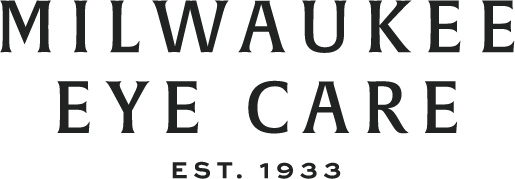“Am I covered for my routine eye exam? I do have medical insurance.”
This is a very common question. Insurance coverage can be very confusing! There are so many different types of plans, and vision coverage can be tricky to understand. Let’s try to clarify a few key points.
The key to determining whether medical or vision insurance will cover the exam is to consider the main reason for the visit. If your main complaint (reason for the visit) is explained by or linked to a medical diagnosis, this will likely override other “routine” benefits you might have. For example if you come in with blurred vision and the doctor determines that the vision change is due to cataracts, the exam would be billed to the medical insurance, even if you do not choose to proceed with surgery at that time.
Routine vision plans will only cover an exam when the main reason for the visit is not medical in nature. Typically a routine vision plan such as VSP, Eyemed or NVA will cover an exam every 12 to 24 months (depending on the plan). This would cover the exam when there are no overriding medical issues and you, the patient, only have a diagnosis related to refractive error (near-sightedness, far-sightedness, astigmatism, etc.). Some plans might also cover the cost of materials, such as glasses or contact lenses, up to a certain amount.
Of course there are always exceptions to the rules. Some medical insurance plans may cover a routine exam every year under wellness benefits and some vision plans may cover an exam with a medical diagnosis such as a yearly check up to screen for diabetic eye disease.
In today’s ever-changing insurance climate, the best way to be prepared when scheduling an eye exam is to make sure you have the most up to date insurance card and call the number on the back of the card to clarify your benefits.
Take advantage, be informed, and stay healthy Wisconsin!
Written by Bart W., Technician with Milwaukee Eye Care










